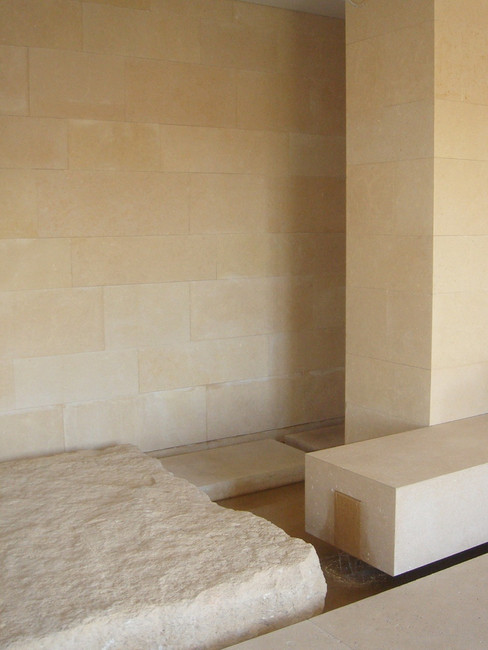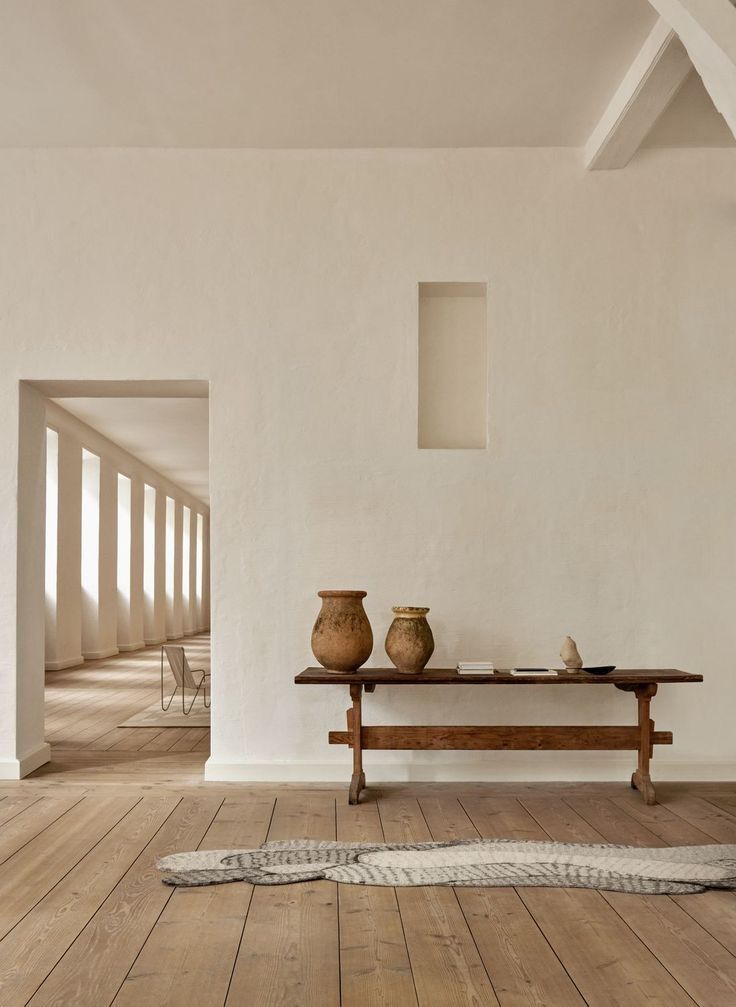When Silence Inhabits Space — Minimalism and Quiet Architecture
- AMPM
- Sep 26
- 2 min read
Updated: Oct 11
Minimalism in architecture is not just an aesthetic – it is a philosophy. From Claudio Silvestrin to Peter Zumthor, certain architects explore the power of silence and emptiness to create spaces where light and time become tangible materials.
When Silence Inhabits Space
There are places that impose themselves through form, brilliance, and visual noise. And then, there are those that fade away to reveal what truly matters: light, breath, and time. A bare floor where shadows stretch, a partition filtering daylight like lace, a quiet volume that does not seek to impress but to embrace.
In these spaces, absence is not emptiness – it becomes substance.
Emptiness as Architecture
For Claudio Silvestrin, minimalism has never been a stylistic effect but a spiritual quest. In both his interiors and his museums, he sculpts pure volumes, stripped of the superfluous. Every smooth surface, every proportion seems to invite contemplation.
“Architecture must elevate the spirit” he says — and his monolithic spaces embody this conviction: austere in appearance, yet infused with an intensity that feels almost sacred.
Light as Ornament
For Kengo Kuma, architecture breathes through filters. Wood, bamboo, paper, carved stone — materials that soften light and transform space into a sensory landscape. His façades always seem to vibrate, as if absorbing the passage of time.
Light does not dress the space; it reveals it. It becomes the true ornament — fleeting and ever-changing, setting the rhythm of hours and seasons.
The Silent Luxury of Restraint
In quiet architecture, there is a form of luxury that does not shout. No ostentatious marble, no glittering gilding — but an elegance revealed through restraint.
Quiet luxury — a term on everyone’s lips today — takes on a deeper meaning here: the refinement of a perfect proportion, an honest material, a space where nothing is superfluous.
Shadows and Silences as Language
Peter Zumthor has always conceived his spaces as sensitive refuges. His own house-studio in Haldenstein is the embodiment of this vision: an austere volume of dark wood, almost closed to the outside, yet allowing light to enter through precise openings. Inside, everything breathes concentration and silence. It is a place of retreat, where each aperture becomes a window onto the essential.
As in music, it is not the note that resonates, but the pause that gives it strength. Silence in architecture is never absence — it is intensity.
The Elegance of the Invisible
Close your eyes. Imagine an almost bare space: a clear volume, a breath of light, a rhythm of air. Perhaps this is true luxury: not the kind that displays itself, not the kind that imposes, but the kind that is felt.
A luxury inhabited by silence, by the invisible, by the essential.






































Comments